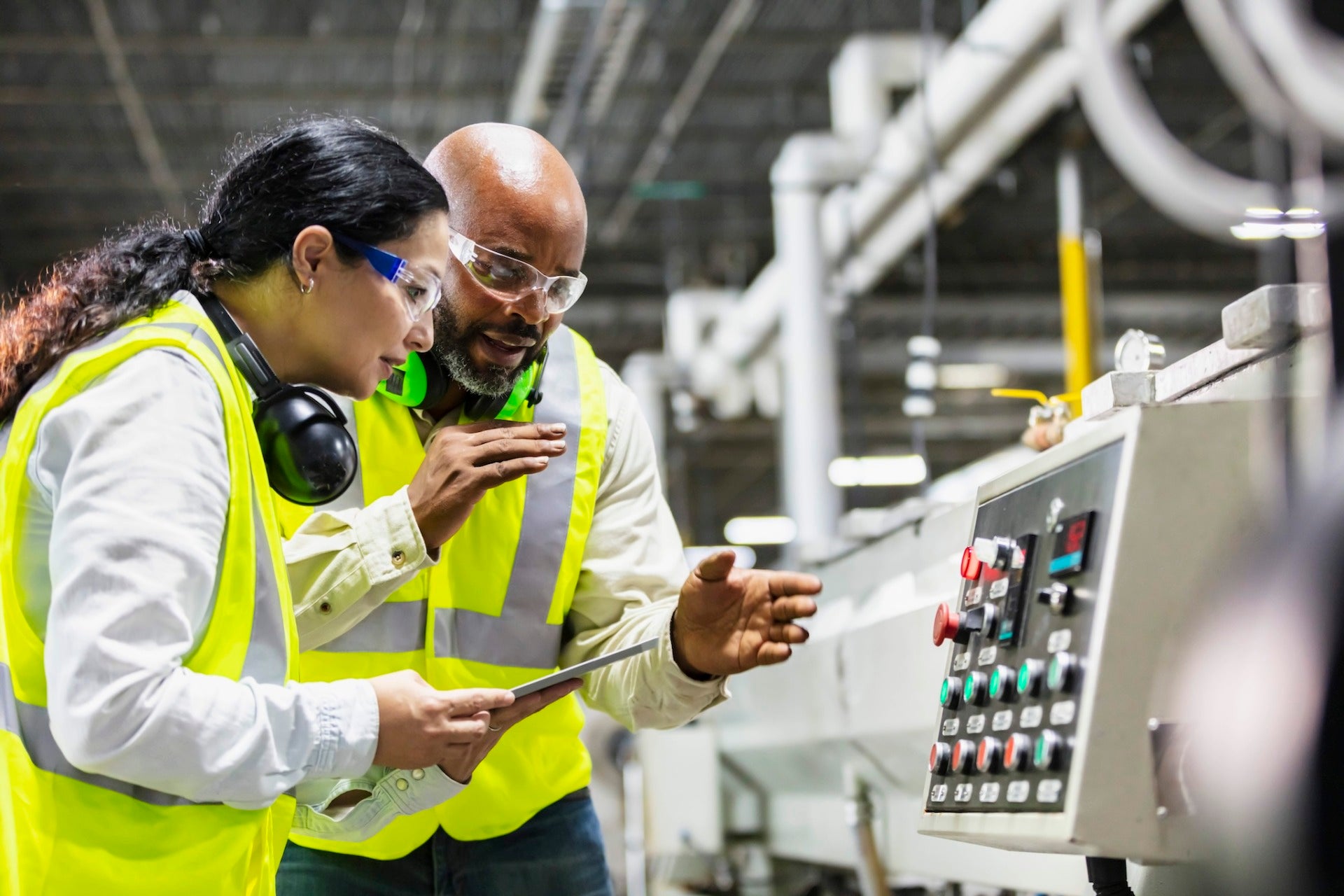The debate on comprehensive immigration reform continues to capture the nation’s attention. The discourse around the debate, however, has been focused on the politics of the issue. As much of the media has focused on what reform may mean for certain politicians and the Democratic and Republican parties, immigrant workers and families have been somewhat lost in the conversation.
And yet, immigrant workers play a large and important role in our economy and society. As child care providers, food preparation workers, home health care aides, software programmers, and construction workers, these 25 million workers constitute 16 percent of the labor force and provide services that millions more depend upon. Many immigrant workers, however, are excluded from labor and safety protections that native-born workers often take for granted. Either because these workers are disproportionately employed in positions that are exempt from many labor law protections, such as home health aides or domestic workers, or because these workers have no recourse when employers create unsafe work environments or do not pay agreed upon wages, many work for less than the minimum wage and endure illegal employment practices. And while more highly educated foreign-born workers tend to find better paid employment, immigrant workers at all education levels tend to earn less than their native born peers, regardless of their legal status.
Recently, the Institute’s Economic Opportunities Program organized the discussion titled, “Experiences of Immigrant Workers: Challenges, Opportunities and the Future of our Economy,” at its Washington headquarters. The panel consisted of four experts and leaders in the immigration debate: Ana Avendaño, Assistant to the President, Director of Immigration and Community Action at the AFL-CIO; Charlene Dukes, President of Prince George’s Community College; Audrey Singer, Senior Fellow at the Brookings Institution; and Gustavo Torres, Executive Director, CASA de Maryland. This event was the third in the Working in America series, which was launched this year to foster dialogue around a range of employment issues affecting low and moderate income Americans.
“This generation of immigrant workers brings many virtues and some worrisome deficits,” said New York Times National Immigration Correspondent Julia Preston who moderated the discussion. “They bring dedication to work, family and community, and the zeal to rise that has so long fueled American progress. Many immigrants bring useful skills. But this cohort also includes many low-wage workers with low education, limited English, large challenges raising their children in poverty, and other vulnerabilities.”
The panelists explored topics including the experiences of immigrant workers in the economy, the implications of immigration reform for adult and post-secondary education, and strategies that local communities can use to help immigrants succeed in today’s economy. There is hope that immigration reform — which could potentially grant legal status to millions of undocumented workers — will allow many immigrants the opportunity to improve their skills and education levels. Mr. Torres noted that the pursuit of higher education is “part of the dream of our community” and that this potential new influx of students is a “tsunami” that is coming. He argued that community colleges and community-based organizations need to be prepared to welcome these new students and prepare them with the support they need to be successful.
Mr. Torres and Ms. Dukes discussed how they have developed a promising model where their two institutions work together to not only support the success of immigrant students in community colleges, but also collaborate on policy issues. The two worked together along with other advocates to pass Maryland’s own version of a DREAM Act, which allows undocumented students to access in-state tuition rates and state financial aid.
Today, our nation’s tradition as a country of immigrants remains strong. According to Audrey Singer of the Brookings Institution, “More immigrants are in the U.S. now than in any other country. One-fifth of the world’s migrants live in the US.” These trends are expected to continue, and in fact, immigrants’ role in our economy will only increase. Singer said, “over the next few decades, almost all of the growth in our labor force at all skill levels will come from immigrants and their offspring.” Fixing our immigration system now so that it works for businesses, workers and our economic health, as a result, cannot wait any longer.
“As long as we have a two-tiered workforce where some workers have access to rights and some don’t,” said Avendaño, “all workers suffer because standards and conditions are lowered for everyone.”
Immigration reform has the potential to offer immigrant workers the opportunity to upgrade their skills and education and obtain quality employment in the formal labor market. Reform also could discourage the exploitation of workers and diminish the downward pressure on job quality. The speakers all noted the opportunity that immigration reform offers to strengthen local communities, rebuild regional economies, and brighten our nation’s economic future.

